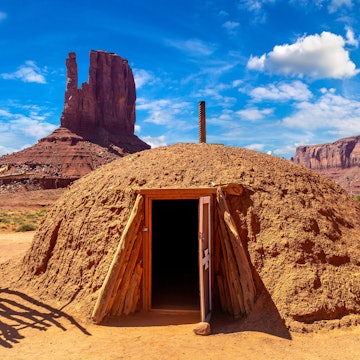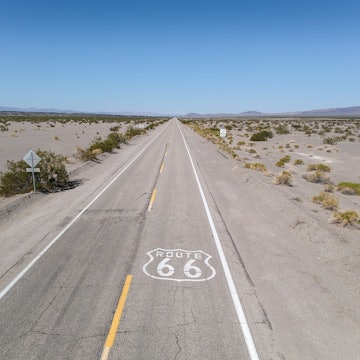

Plan your time in Arizona with this seasonal guide. Eric Mischke/Getty Images
Bold, big and beautiful, Arizona has a lot to brag about. Framed by New Mexico, Utah, Nevada and California, and with Mexico at its southern reaches, the state gets more than 300 days of sunshine a year and has four distinct seasons.
Arizona's sprawling deserts and massive mountains provide a range of weather conditions year-round, so there's always plenty to do. Summer can be scorching in the south, but low humidity and monsoon rain showers from June to September help keep the heat in check. Spring and fall typically have the mildest weather, which draws crowds statewide to hike and bike but also pushes up the prices of hotels.
Famed as the gateway to the Grand Canyon, Arizona has plenty of high-elevation hiking trails and mountain wineries in locations where the climate is often cooler. Phoenix is Arizona’s top winter destination, luring travelers chasing the sun, but the state also has some great skiing at Arizona Snowbowl near Flagstaff and other mountain resorts.
Pick the right time for your visit to Arizona with this seasonal guide to what's happening throughout the year.
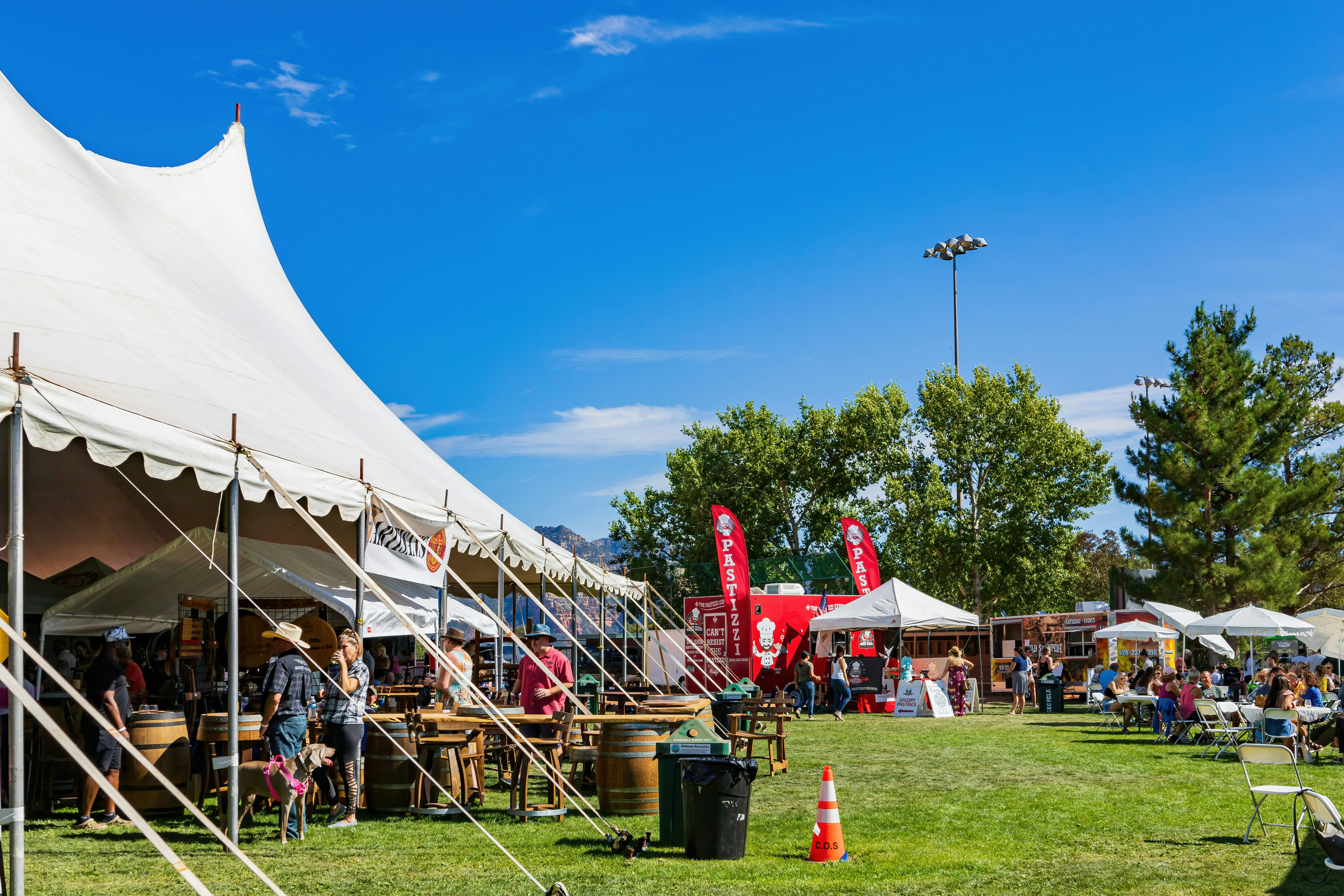
Visit Arizona in fall for outdoor activities and wine tasting
Fall brings optimum weather for hiking and other outdoor activities in the northern part of the state, and temperatures in the southern part of the state typically drop below triple digits consistently in October. Arizona has a thriving wine scene, with some great tasting rooms in the Verde Valley, Sonoita and Willcox (the latter two are in the south). Taste local drops during local wine and food fests in September, such as Sedona Winefest, and maybe explore a corn maze or two. Gorgeous weather means accommodations and restaurants can get busy, so book well ahead to avoid disappointment.

Winter brings snow and ski season in Arizona's north
Winter temperatures in the state’s northern reaches can dip as low as 42°F, but the brisk weather brings dustings of snow to higher-elevation cities such as Sedona and Flagstaff, kicking off a ski season that lasts until spring.
You might find moderate rates for accommodations in less touristy places, and even Sedona is at its quietest in December. Although people chasing the weather (warmth in the south, skiing in the north) can drive up costs at weekends and during the winter holidays. It might seem strange to see Santa in the desert in December, strings of lights adorning cactuses and snow in the desert, but Arizona embraces holiday revelry to the max.
January is idyllic for hopping aboard one of the hot-air balloons that drift over London Bridge during the annual festival at Lake Havasu.
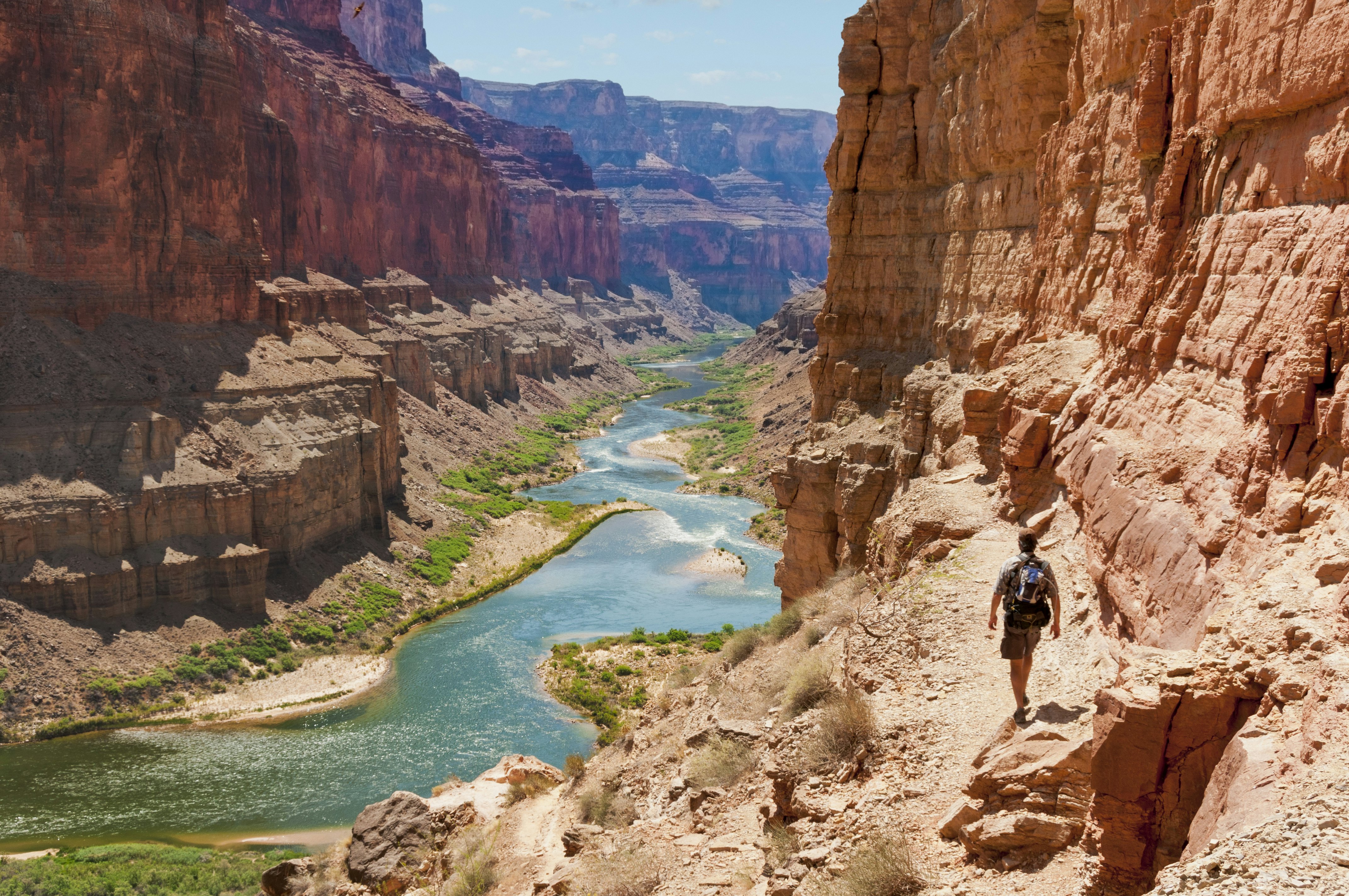
Spring is the best time for sports and being outdoors
Spring in Arizona is perfect for sports, whether you’re an outdoors enthusiast or an armchair participant. In March, Major League Baseball’s spring training season is in full swing in Phoenix. If baseball isn’t your thing, head to balmy and beautiful Sedona to check out its 400 miles of multi-use trails and annual mountain-biking festival.
Warmer days bring spring blooms to the desert, with the wildflower season peaking in May, depending on where you are. In Saguaro National Park, for example, Arizona’s iconic cactuses are crowned with white flowers that later produce deep-red fruit. May is also a prime time for learning about nature by attending a birding event or taking in an eco-conscious film.
More moderate temperatures in the state’s central and northern regions entice visitors, as well as southern Arizonans escaping the punishing heat. Huge crowds head to parks, forests and mountain peaks in spring, so camping spots and hotels can fill up quickly. Arizona is also home to hundreds of miles of rivers and lakeshore, so wherever you wander, it's easy to find some refreshing water to cool off.
In the state’s south, temperatures range from the high 60°Fs to the high 80°Fs. Phoenix, Tucson and Tombstone are ideal bases for exploring the unique, arid ecosystems here. Get up early to beat the midday heat and increase your chances of spotting wildlife.
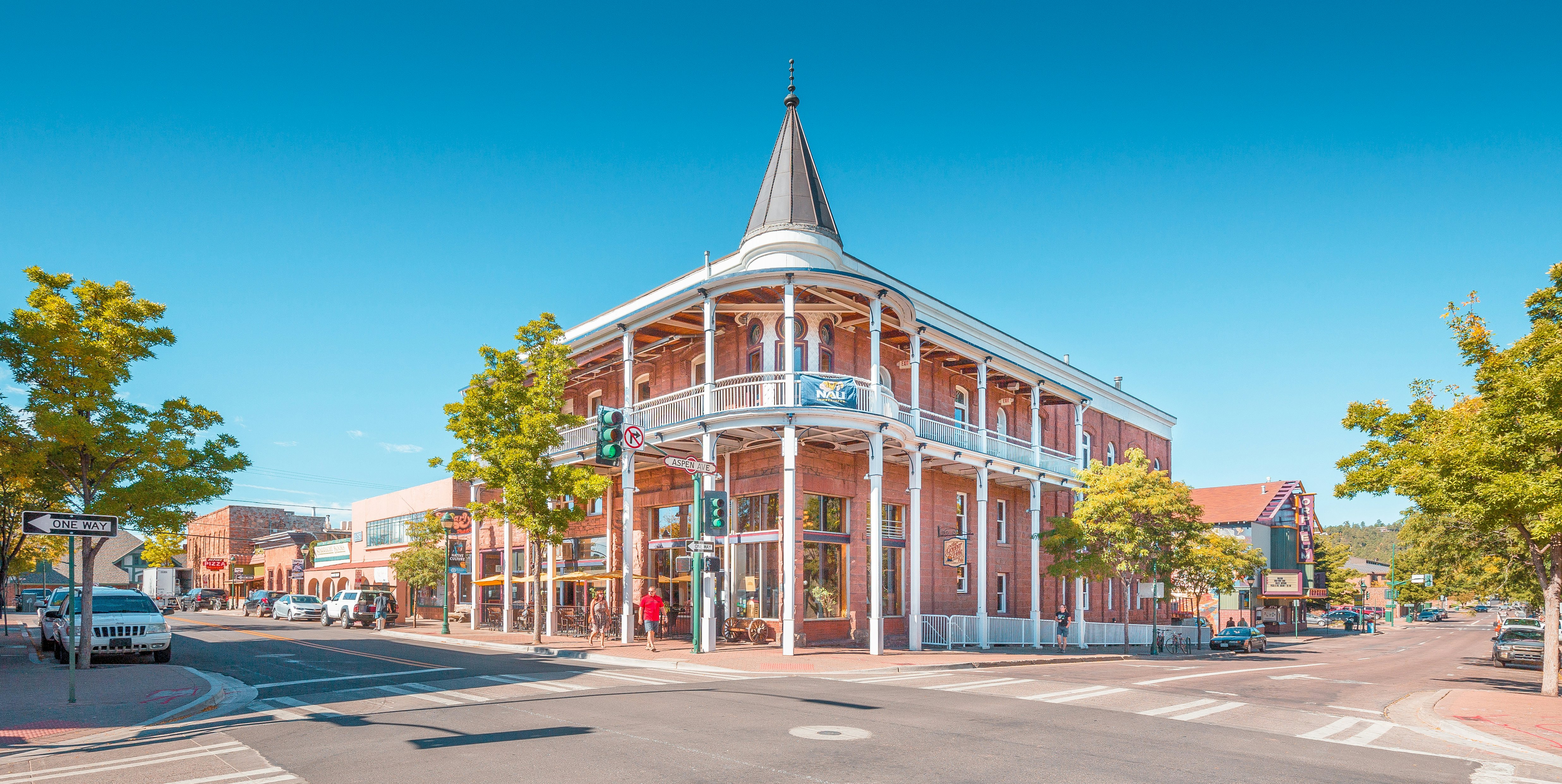
The summer months are hot in Arizona
The state's diverse climate means that summer temperatures can climb above 100°F in places such as Tucson and Phoenix, while higher-altitude areas such as Flagstaff and the North Rim of Grand Canyon National Park still haven’t cracked 70°F.
June is a good time to hit one of Arizona’s historic highways on a road trip before temperatures start to soar. Check out everything from artsy towns to desert sanctuaries as you go. Visit Flagstaff in June/July during its annual celebration of Indigenous heritage or for the Celtic festival in July, complete with Scottish-style games and bag-piping. Summer temperatures in Flagstaff average around 70°F.
As days hover on end above 100°F in the southern part of the state, itʻs not unusual for Arizonans to be on the move in July, seeking cooler weather west in San Diego or north in Flagstaff. Summer weekends in the north are especially busy, with kids out of school and day-trippers contributing to the crowds, so expect higher hotel prices in those cooler areas.
But locals know this secret: as the mercury creeps up, prices at posh resorts go down. Summer is prime "staycation" season, an opportunity to seize the sharply discounted rates at the resorts and enjoy some R&R spoiling yourself at the luxe pools and spas.












